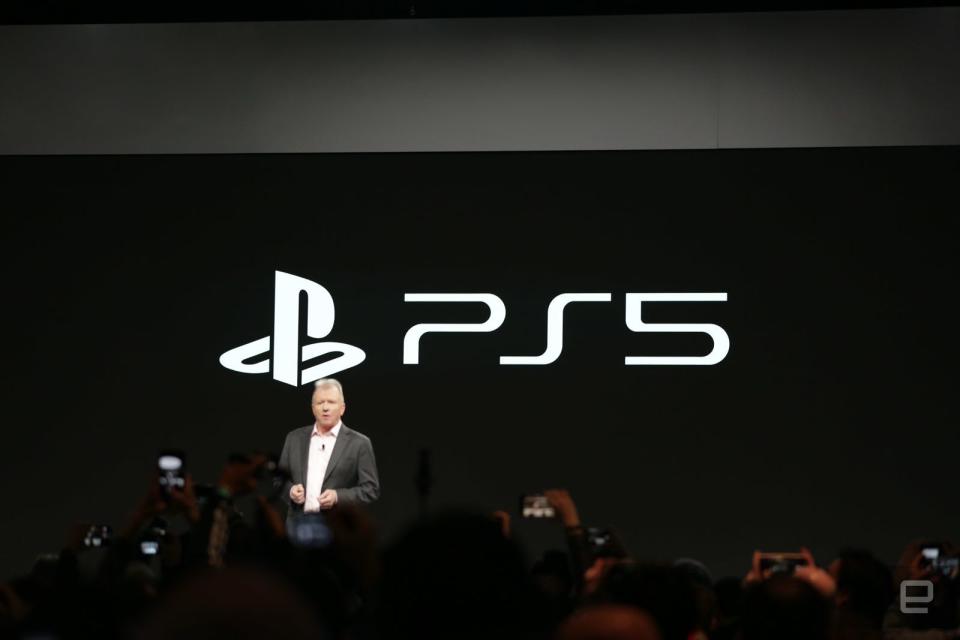Bloomberg: The PS5 could cost 'at least' $470
... and?
Sony is struggling to keep costs down on the PlayStation 5 as the console hurtles toward its big debut later this year. Bloomberg is reporting that the cost to build the machine has risen to $450 per unit, a big increase on the PS4's $380. The financial outlet's analysts are saying that the sticker price for the new console could be close to $470, which could be a hard sell for cash-strapped buyers.
The report says that Sony is struggling to secure DRAM and flash memory in the quantities necessary for mass production of the unit. And the PS5's component costs are higher than other machines because, for instance, it has a pricier cooling system to avoid its internals from boiling. Bloomberg's sources also say that we can expect a new PSVR headset to debut either alongside, or shortly after, the PS5.
Bloomberg's analysis may not reflect the reality of how console gaming has changed since the launch of the PS3 and PS4. The obvious comparison is with the PS3, which launched with a $499.99 sticker price (or $599.99 for the 60GB version) and, while not a flop, certainly lost ground to the rival Xbox 360. But the landscape is different now, especially in terms of what consumers expect, and what they're prepared to spend. The Xbox One X, for example, launched at $500, and plays the same games as the cheaper Xbox One S, albeit at a higher fidelity.
Sony and Microsoft have both talked about how much raw power is being crammed into their next-generation machines. Sony alone has said the PS5 will boast near-instant loading times, support for 8K video, ray tracing and a Ryzen-based CPU. It's spoken of in the terms of standing equal to a lower-end gaming PC, making a price of around $500 more of a bargain compared to spending twice that on a desktop.
It's plausible that Microsoft prices the Xbox Series X fairly aggressively, and then Sony looks to either match or undercut that figure. But even then, it's worth saying that many consoles are sold at cost or with a small loss, with the profit made back on subsequent game sales. These days, the income from subscription services, like PS Plus, a billion-dollar business with 38.8 million annual subscribers, can help cover the gap.
Not to mention that digital distribution and micro-transactions, like Sony taking a cut of every in-game Fortnite purchase, is another money spinner. It's more important than it's ever been to ensure, rather than making a couple of dollars profit on every unit, that you get your box into people's living rooms. Not to mention ensuring people have a reason to stick with PlayStation or Xbox as the streaming era looms.


